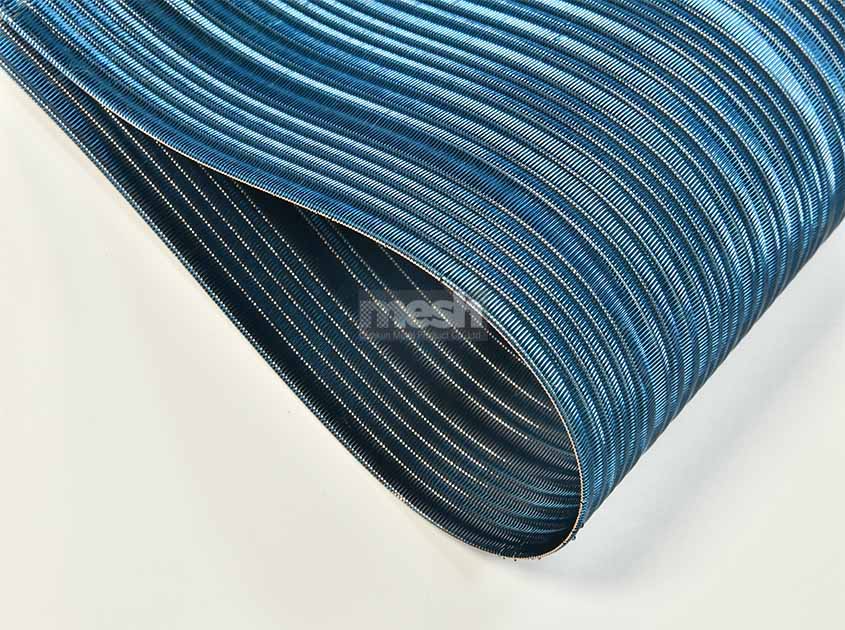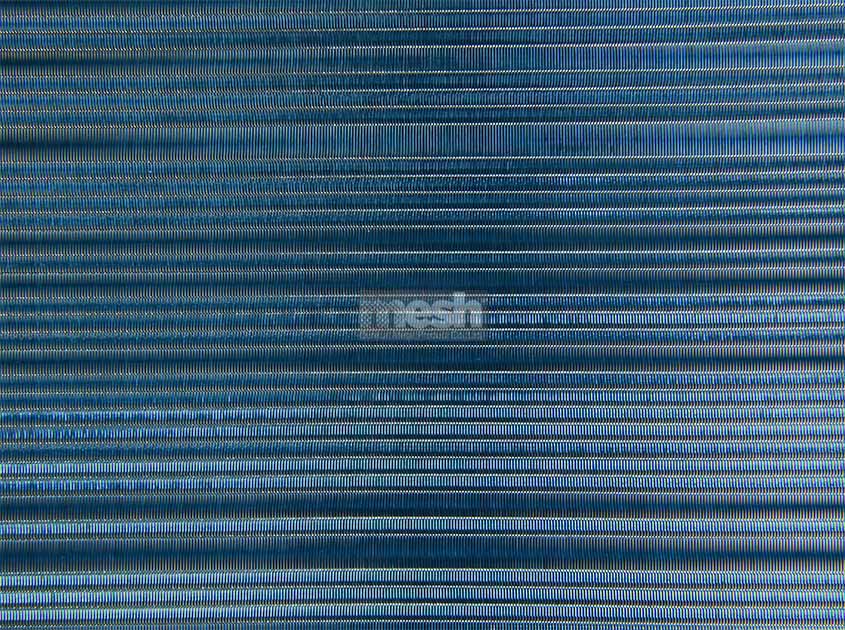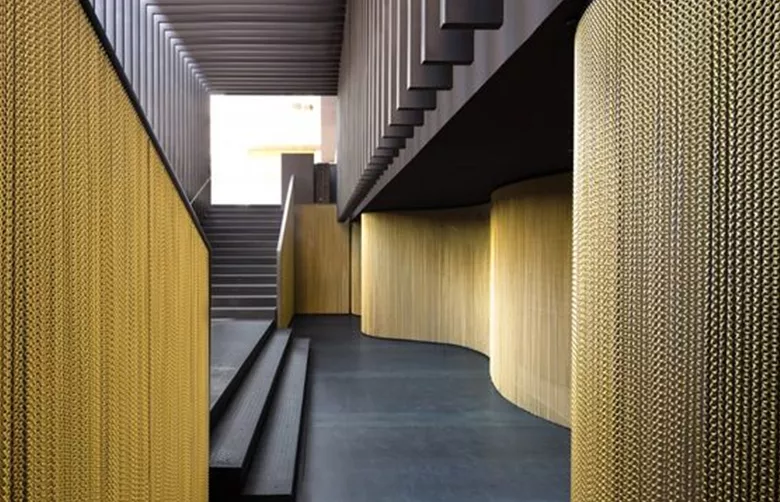-
About UsProductsCustomized SolutionProjectGalleryNews
architectural wire fabric and the Language of Movement: A New Perspective on Architecture
Release time: October 12, 2023Architectural design is a field full of creativity and expression, and architectural wire fabric provide us with a new perspective as a novel design element. This article will explore the application of architectural wire fabrics in the field of architecture, and demonstrate its impact and potential on architectural design through the expression of movement language.

The fluidity of architectural wire fabrics:
Architectural wire fabric has unique flexibility and fluidity, which can create rich and diverse forms and spatial effects. It can bend, twist and unfold smoothly in the building, as if forming an elegant dance in the building.
Leveraging the fluidity of architectural wire fabrics, architects can create dynamic appearances and spatial experiences that create a coherent and organic connection between the building and its surroundings.

Express the dynamics of architecture:
Movement language is an important element in architectural design, which can convey the dynamics and vitality of a building through forms, lines, and proportions. As a fluid material, architectural wire fabrics can be a powerful tool for expressing architectural dynamism.
By using architectural wire fabrics, architects can create graceful curves, undulating surfaces and changing light and shadow effects, thereby giving the building a dynamic rhythm and vitality.

The combination of functionality and aesthetics:
Architectural wire fabrics not only have aesthetic value but also serve multiple functions. It can be used in applications such as sunshade, heat insulation, sound insulation and air circulation to provide comfortable environmental effects for buildings.
At the same time, the movement and malleability of architectural wire fabrics make it ideal for creating unique architectural exteriors and interior spaces. It can be used in exterior facade design, interior partitions, balcony railings, etc. to add a modern and unique charm to the building.

Interaction with the environment:
The fluidity and movement language of the architectural wire fabric can echo and interact with the surrounding environment. It can undulate and sway with the wind, forming a harmonious relationship with natural elements.
With the help of architectural wire fabrics, buildings can take on different looks at different times and seasons, integrating with the natural environment to create a dynamic and vivid spatial experience.
Recommended News





